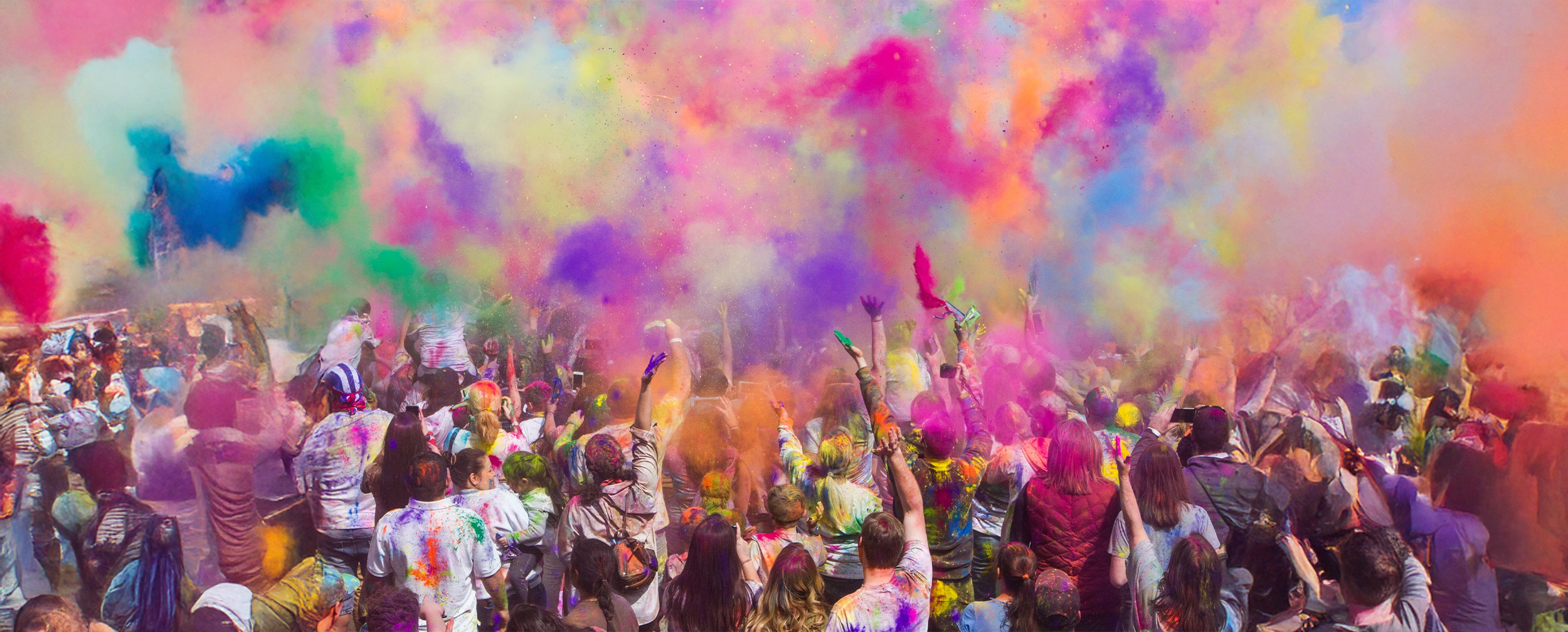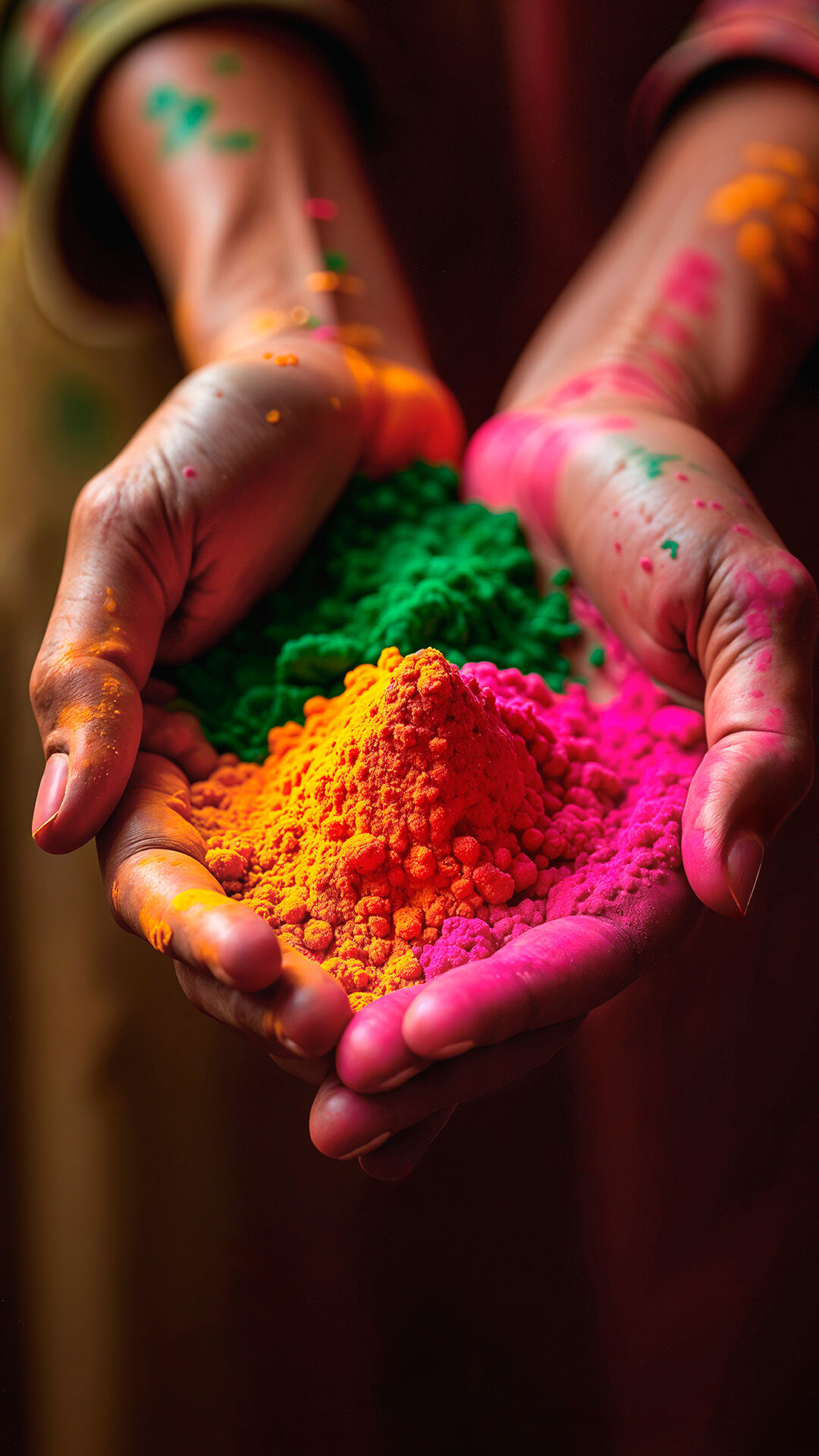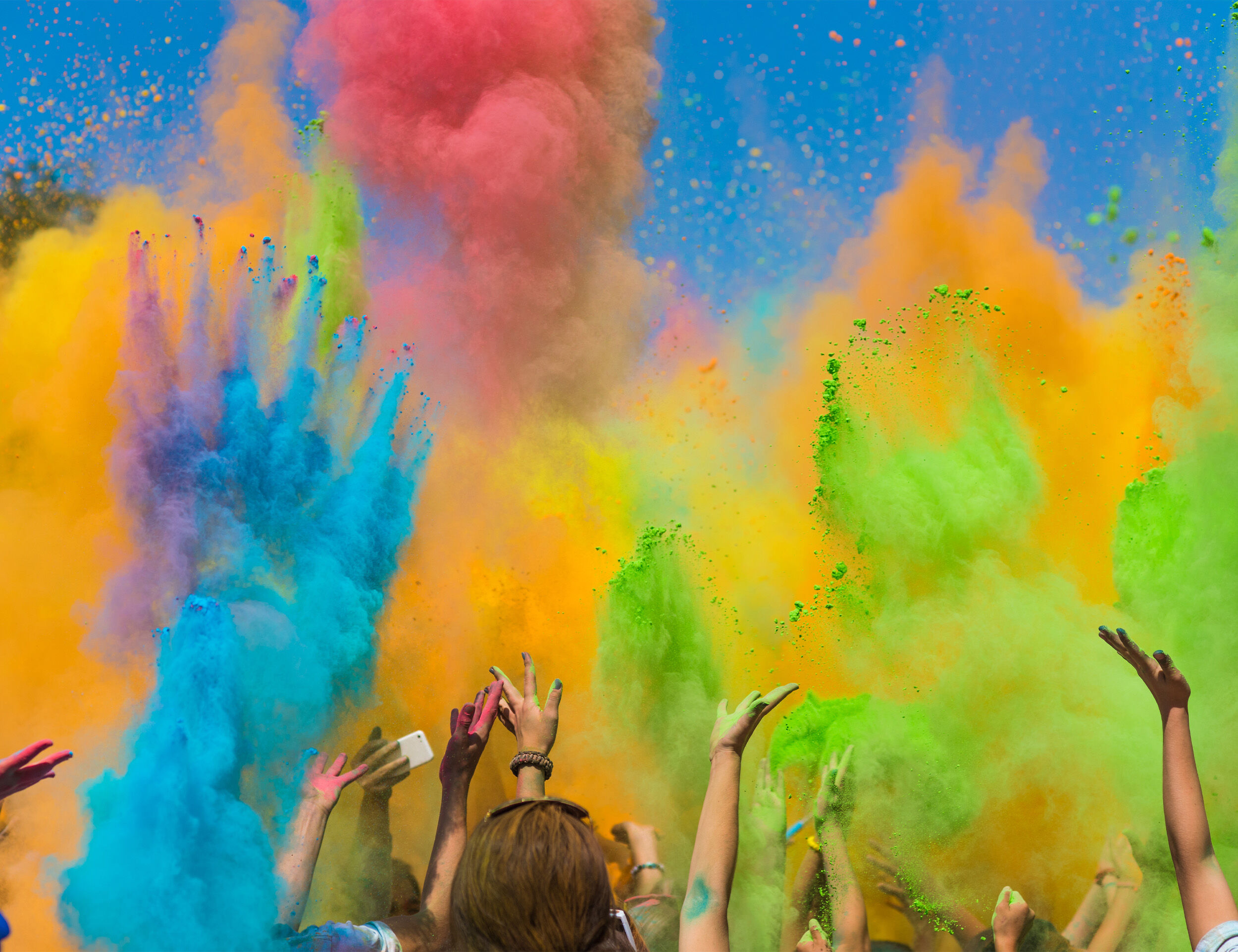STORIES BY DIWAS

Lifestyle
Hues of Harmony: The Colourful Significance of Holi
Date 17 February 2025 Reading time: 7-10 mins
Holi hai! Picture yourself in a bustling neighbourhood where a rainbow of colours fills the air and joyful laughter echoes through the streets. This is the magic of Holi, India's beloved festival of colours. But beyond the vibrant hues and playful spirit, the significance of Holi runs deep, intertwined with ancient legends, cultural traditions, and a celebration of unity. Let's embark on a colourful journey to uncover the true essence of this iconic festival.
Understanding the Significance of Holi
The Historical Significance of Holi
At the heart of Holi lies a captivating tale from Hindu mythology—the story of Prahlad and Holika. According to legend, the demon king Hiranyakashipu grew arrogant and demanded that everyone worship him instead of God. However, his own son, Prahlad, remained a devoted follower of Lord Vishnu. Enraged, Hiranyakashipu plotted with his sister Holika, who possessed a magical cloak that protected her from fire, to trick Prahlad into sitting on a pyre with her. But as the flames rose, the cloak flew from Holika to Prahlad, saving him while she perished.
This event symbolises the triumph of good over evil, a central Holi festival reason that continues to inspire celebrations today. The Holika Dahan significance lies in this very legend—on the eve of Holi, people gather to light bonfires, reenacting the burning of Holika and the victory of righteousness.
The Cultural Significance of Holi
Beyond its mythological roots, Holi holds immense cultural significance and embodies the purpose of Holi—to celebrate unity, renewal, and joy. It marks the arrival of spring, a time of rejuvenation and new beginnings. The festival is a joyous occasion for families and friends to come together, forgetting past grievances and strengthening bonds. Holi transcends social barriers as people from all walks of life playfully smear each other with coloured powders and water, creating a vibrant feeling of togetherness. This inclusivity is a key reason why we celebrate Holi, as it fosters harmony and joy among communities.
In different regions of India, Holi takes on unique flavours and traditions. In the north, the festival is celebrated with great fervour, with famous Holi parties in cities like Mathura and Vrindavan. Down south, Holi is a more subdued affair, often involving the exchange of traditional sweets and the lighting of bonfires. Regardless of the regional variations, the importance of Holi remains the same—a celebration of life, love, and the triumph of good.
The Significance of Holi Colours
One of the most striking aspects of Holi is the riot of colours that fill the air. But did you know that each colour holds a special significance? Red symbolises love and fertility; blue represents Lord Krishna; green signifies new beginnings; and yellow is the colour of turmeric, a spice believed to have healing properties. The vibrant pink signifies caring and compassion.
In recent years, there has been a growing awareness about the environmental impact of synthetic colours. Many people now opt for natural, eco-friendly colours made from flowers, herbs, and spices. This shift reflects a deeper understanding of the significance of Holi colours and a desire to celebrate in harmony with nature.
Holi: A Festival of Unity and Tradition
How Holi Promotes Unity
The significance of Holi lies in its ability to bring people together, fostering unity and equality. As colours blur the lines between individuals, so do the festival's traditions break down social barriers. It's a time when differences of age, gender, class, and religion melt away, replaced by a shared spirit of joy and camaraderie.
The act of applying colour on one another is a great social equaliser. In the vibrant hues of Holi, everyone looks the same, reminding us of our shared humanity. Holi festival reason goes beyond celebration—it encourages forgiveness, letting go of past conflicts, and embracing fresh starts, strengthening bonds within communities.
The Tradition of Holi: A Celebration of Life and Love
Holi is a celebration of life in all its hues. It's a time to let loose, laugh, dance, and savour the simple joys of being alive. The festival is filled with age-old traditions that have been passed down through generations.
One such tradition is the lighting of the Holika bonfire on the eve of Holi. The Holika Dahan significance lies in its representation of the victory of good over evil. People gather around the fire, singing folk songs and exchanging greetings as they symbolically burn away negativity and embrace positivity. This ritual serves as a moment of reflection, encouraging individuals to let go of past grievances and welcome new beginnings.
Another beloved Holi tradition is the preparation of special delicacies. From crispy gujiya to refreshing thandai, the flavours of Holi are as diverse as its colours. Sharing food and drinks with loved ones is an integral part of the celebrations, strengthening the bonds of love and friendship.
Celebrating India's Joyful Traditions
As the colours settle and the laughter fades, the true significance of Holi lingers in our hearts. It's a reminder of the power of unity, the importance of forgiveness, and the sheer joy of being alive. Holi teaches us to let go of our differences and embrace the vibrant colours of life.
So this Holi, as you drench yourself in the festival's hues, remember the deeper meaning behind the purpose of Holi—a celebration of unity, joy, and renewal. Embrace the spirit of togetherness, cherish the love of family and friends, and let the vibrant colours fill your heart with happiness.
And what better way to celebrate than in style? Explore Diwas’s colourful range for men in the Holi Collection and find the perfect outfit to make your Holi even more special. Step into the festivities with flair—join us in celebrating life! Happy Holi!



